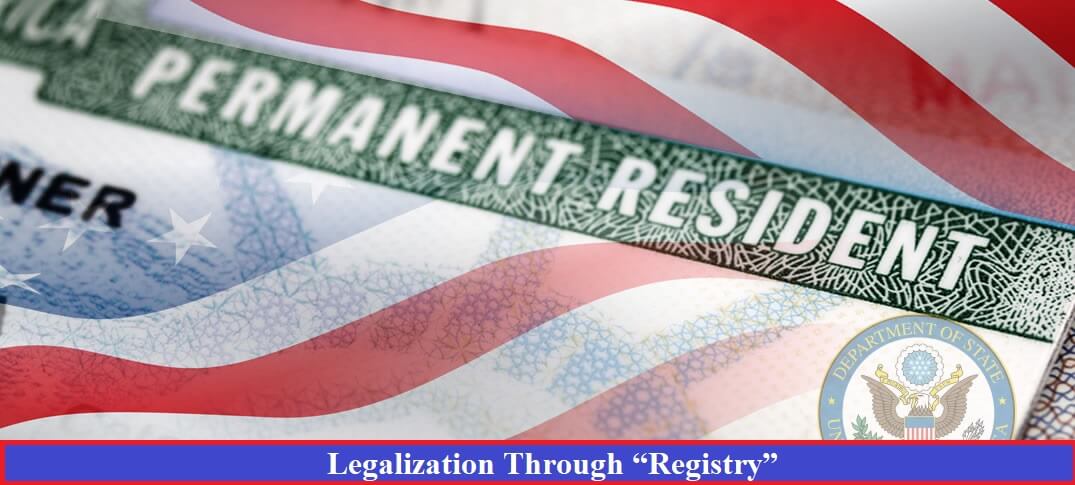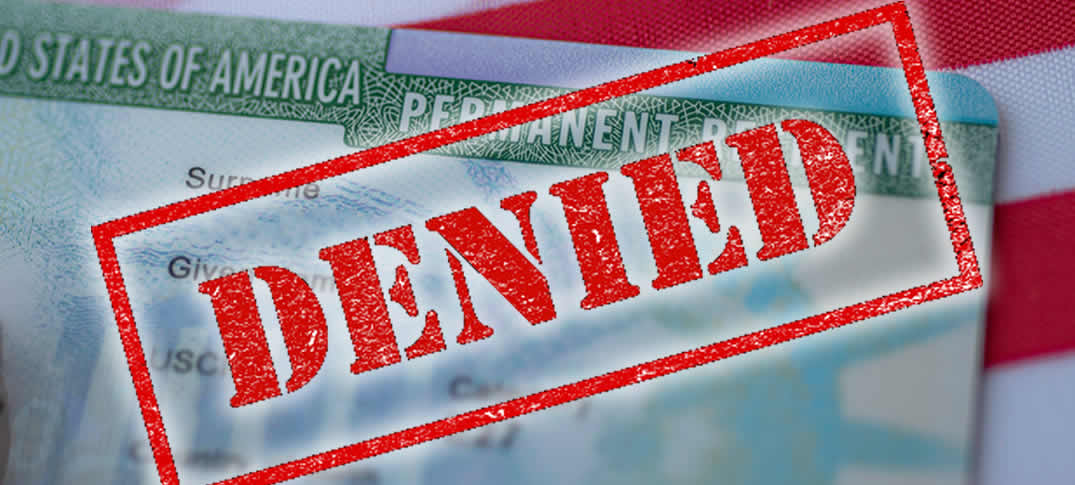Ever dreamed of starting a new life in the U.S. with your American fiancé(e)? The K-1 visa, also known as the fiancé(e) visa, offers a pathway to make that dream a reality. But amidst the excitement of wedding bells and new beginnings, a crucial question often arises: can I work with a K-1 visa?
The answer, like many things in immigration law, isn't a simple yes or no. While the K-1 visa doesn't automatically grant work authorization, there's a path to legally secure employment during your 90-day stay. Understanding your rights and restrictions on this journey is crucial, and this blog post is your comprehensive guide.
Imagine Sarah, a talented architect from Spain, eager to join her American fiancé, Mark, in California. Sarah dreams of contributing her skills to a local firm, but the complexities of K-1 visa employment leave her confused. This blog post empowers Sarah, and countless others like her, with the knowledge to navigate this crucial step towards their American dream.
So, can you work with a K-1 visa? Here's what you need to know:
1. Employment Authorization is Key: While the K-1 visa allows entry for marriage purposes, it doesn't grant automatic work authorization. To legally work in the U.S., you'll need to apply for an Employment Authorization Document (EAD). This separate application, known as Form I-765, requires additional fees and processing time.
More information https://inmigracionyvisas.com/a5967-k-1-visa-and-employment-understanding-your-rights-and-restrictions.html











